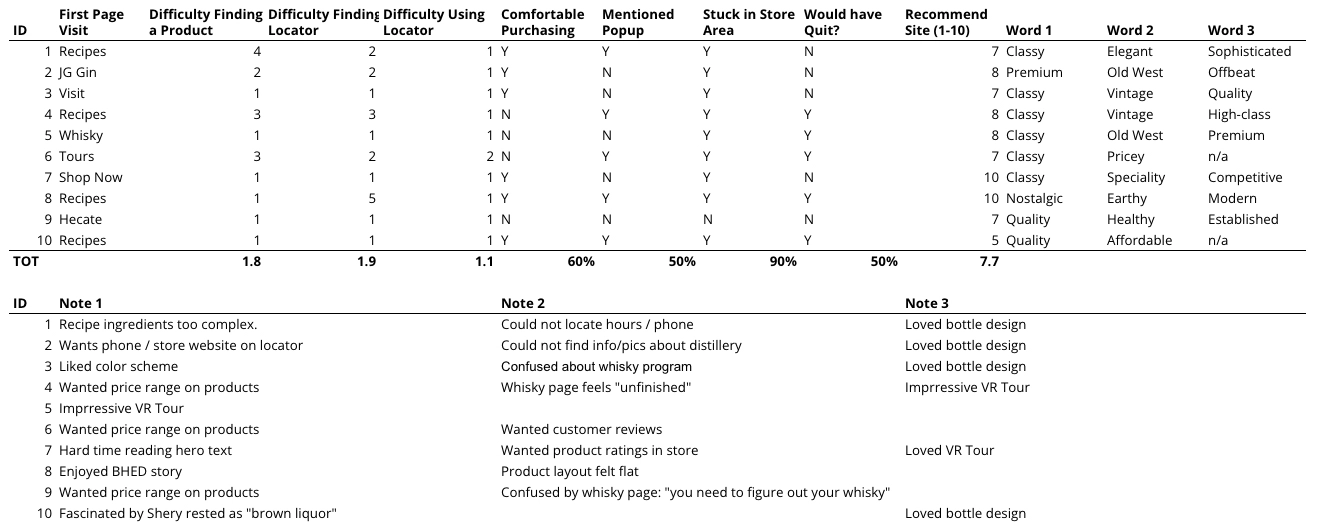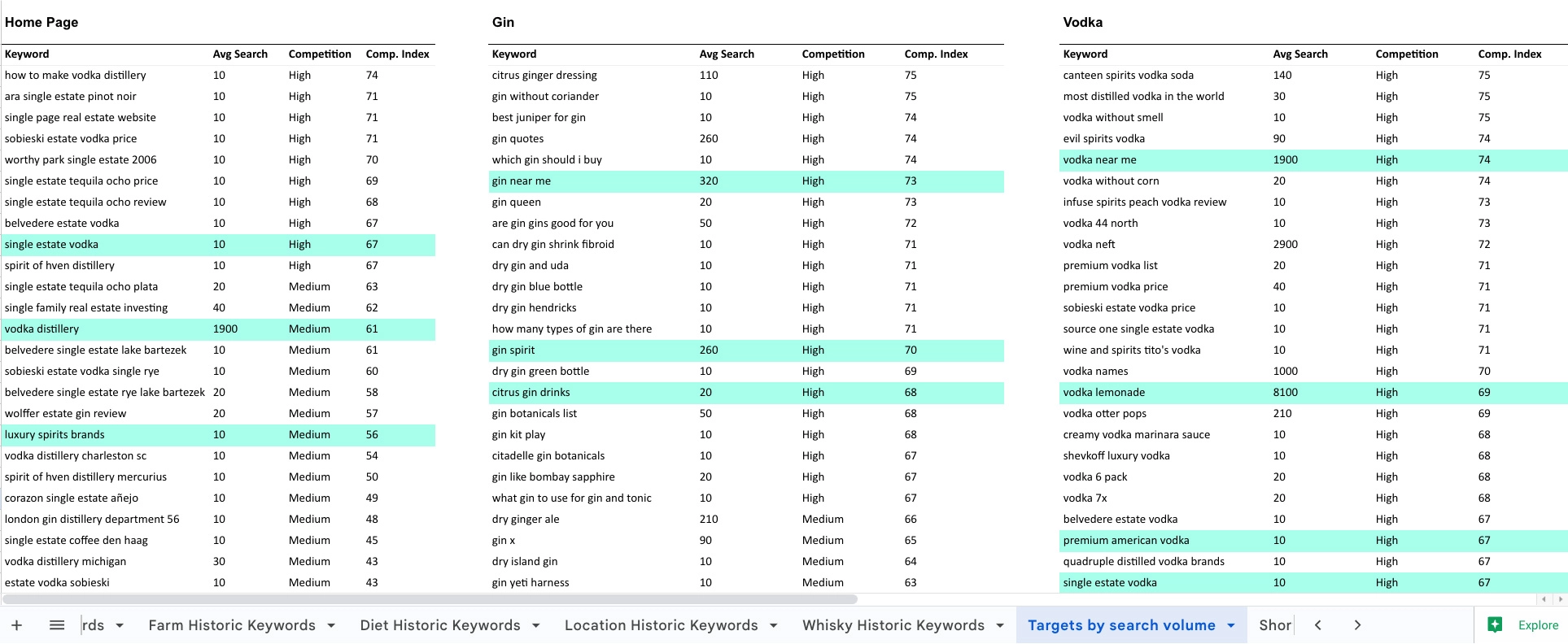Delivered data-driven strategy to hit KPIs for a national brand
Responsibilities:
- User Research
- Strategy
- Facilitation
- Editing
- Vendor Procurement
- IA
- UX
- SEO (search engine optimization)
- SEM (search engine marketing)
Outcomes:
Significant improvements across KPI’s such as social media engagement, SEM conversions, lowered website bounce rate, website session durations, and web form conversions.
A strategic north star
Leading a cross-functional team, I acquired buy-in and helped leaders articulate their needs. We created a data-driven content strategy for Bently Heritage that focused on finding and serving user intent.
Quantitative and Qualitative Audits
I conducted comprehensive quantitative audits using automated SEO tools like Screaming Frog. Pairing them with analytics information I was able to identify areas of improvement and optimization. To help the leadership team make the most informed decisions I provided training and context for key analytics terms such as sessions, views/session, bounce rate, and duration. I held a meeting where I presented the audit with fun games, such as one where stakeholders guessed how many pages the site currently had (as is typical for these projects, it had many more than anyone thought). In addition, this helped me identify mechanical issues with the website, such as old pages that needed to be removed and broken redirects, providing value and showing the team results while we proceeded with the next phase.

We then had domain experts perform audits themselves, letting them score the pages they cared most about. They ranked pages using subjective terms like usability, knowledge level, findability, actionability, target audience, business value, key message, brand appropriateness, and tone.

I then synthesized these responses to find out the areas of the site that bothered the team the most, and which—according to SME’s and business stakeholders—needed updating first. As before, this drove business value and created a positive touchstone throughout the project life cycle.
User Testing
Finally, I established user testing with a third-party agency to establish an vidence-based understanding of how the brand was viewed. This not only helped guide our ultimate strategy but discovered UX issues like hard-to-find contact forms. We also uncovered a significant flaw in the brand’s online shopping experience that trapped users in a section of the site and was leading to abandoned carts. Fixing this was a simple task that led to improved sales.

Digital Footprint Optimization
As pat of our efforts to learn more about user intent, I also led the team on conducting extensive keyword research focused on long tail keywords, segmenting our efforts by theme. Within each theme we analyzed:
- Search competition & index
- Top of page bid high/low ranges
- Searches by month
This research was used to optimize the website from an SEO standpoint in conjunction with checklists and strategies to build domain authority with collaborators.

Our combined efforts led to tangible outputs, including a product road map, user testing protocols, an engagement plan, a refreshed marketing strategy, and a re-branded website that achieved our KPI targets.